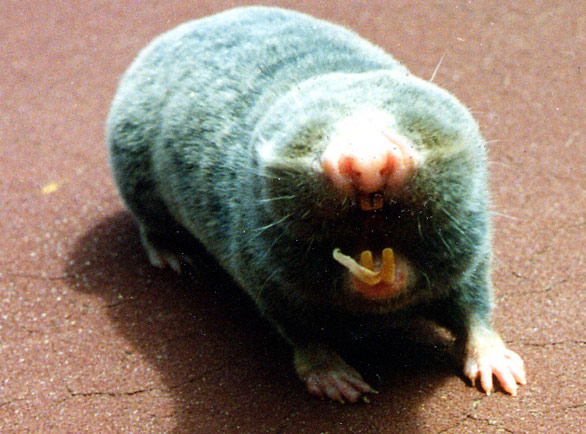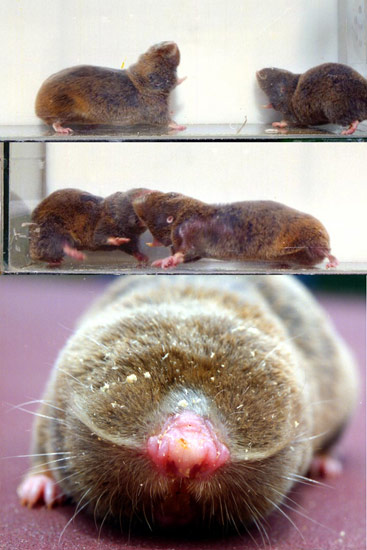In the early 1950s, Nevo initiated a long-term project on the speciation and adaptation of subterranean mammals, which is still ongoing. This project was primarily focused on mole rats, Spalax, in the Near East and Israel, but then extended regionally to Africa and Asia Minor, East Europe, and to other subterranean mammals in North America and across the planet. During these studies, Eibi described about 30 new biological species of subterranean mammals, mostly spalacids, based on chromosomal and genic diversity. Using multidisciplinary means, he studied their climatic adaptations involving diverse molecular (protein and DNA) and organismal (morphology, physiology, and behavior) strategies. Nevo showed that the classical species, Spalax ehrenbergi, is a complex of at least 12 biological
allospecies, some in the final stages of species formation. These studies in Israel were summarized in a monograph describing Spalax as a uniquely productive and rich evolutionary model of speciation and adaptation at the molecular and organismal levels, followed by two additional monographs. The first monograph was devoted to mosaic evolution that included the regression, progression, and convergent evolution of subterranean mammals across the planet, with more than 250 species in 11 families and three mammalian orders (Nevo, 1999.
Mosaic Evolution of Subterranean Mammals. Oxford University Press). The second monograph analyzed the Pleistocene active speciation and adaptive radiation of four species of the S. ehrenbergi superspecies, each adapted to a different climatic regime in Israel (Nevo et al., 2001. Adaptive Radiation of Blind Subterranean Mole Rats. Backhuys Publ.).



שלום, זו תגובה.
כדי למחוק תגובות, צריך רק להכנס למערכת, ולהציג את התגובות של הפוסט. שם יש אפשרויות למחיקה ועריכה של תגובות.